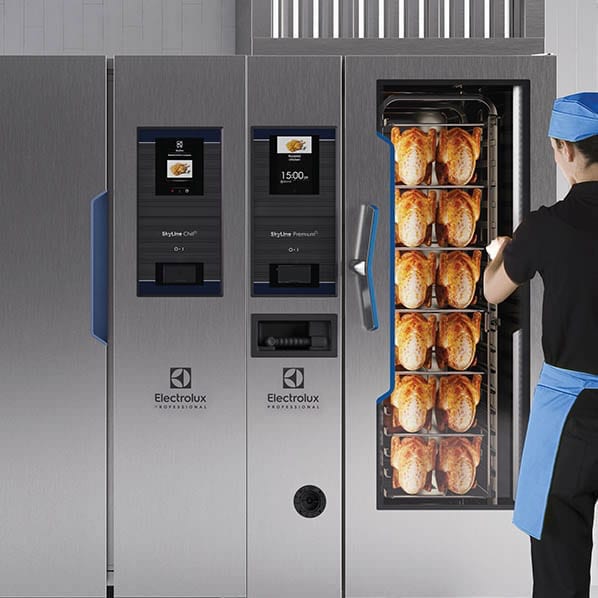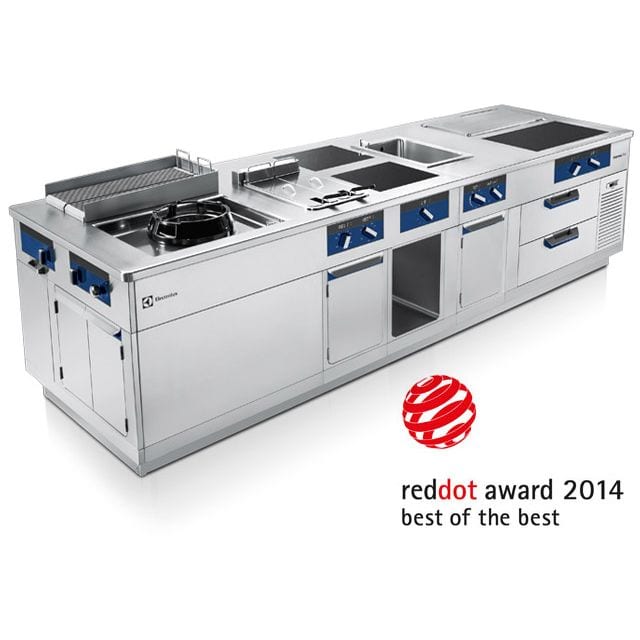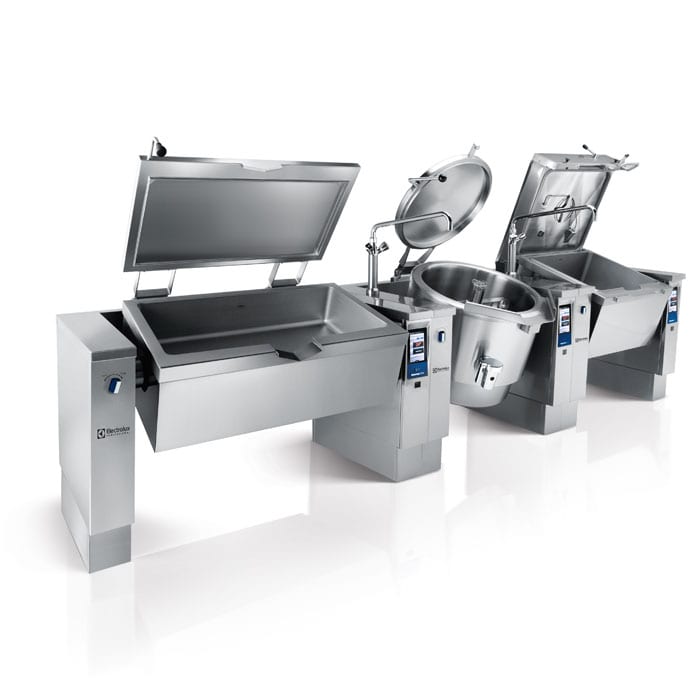The correct restaurant kitchen staff structure is important for running a successful restaurant. Hiring the right people and aptly organizing them can make all the difference.
The staff structure is determined by the people in it (with their training, experience and attitude), the procedures that tie them together, and the appliances they have at their disposal. These aspects have a mutually influential relationship.
Here are some simple hints to keep in mind: they can help if you’re facing the complexity of building the correct restaurant kitchen staff structure.
Restaurant kitchen staff structure: numbers, roles, cross-training
When setting up a restaurant kitchen staff structure, it is important to decide how many people to employ. This is particularly true in small restaurant kitchens, where space is limited: a well-designed small commercial kitchen layout can help simplify the task, but the issue still remains important.
Ideally, the restaurant kitchen staff structure would include chefs, line cooks, expediters and dishwashers. How many of each one depends on the size of the restaurant, the kind of cuisine and service the restaurant provides, the procedures, and the appliances used.
A good choice of appliances such as Combi Ovens , Blast Chillers and food preparation range can be very helpful in this task:
- Ergonomically-designed appliances are easier to operate and require less learning time. This facilitates cross-training of roles so more people are capable of performing any given task. This gives flexibility to the structure and eases the pressure on single members.
- Smart and Connected kitchen appliances can “incorporate” some of the procedures, so that
- Tasks can be faster to perform
- Learning curves are further reduced
- Kitchen staff become more adaptable to different situations
- Easily washable, safe and hygienic food preparation utensils help both to reduce preparation time and to keep the workspace neat and tidy.
Be aware of stress when choosing your restaurant kitchen staff structure
Commercial kitchens are among the most stressful work environments in the world, studies say. When determining the restaurant kitchen staff structure required this issue cannot be ignored.
Staff should be organized to prevent a shortage of labour at busy times, but without creating a crowded work environment. Good planning of workflows and working space and positive attitudes of the staff members can help.
- Ergonomically designed appliances, engineered to build a connected working space, can greatly reduce unnecessary stress in the restaurant kitchen staff structure: movements and interactions become smoother; automation and knowhow incorporated in the appliances can handle routines, leaving the staff to focus on more critical tasks.
- Some “virtues” that employees should have to reduce stress in the restaurant kitchen staff structure:
- A propensity for order: being untidy slows down procedures
- A good memory: sticking to routines is important
- Willingness to learn: every day is a new day
- Resistance to stress: not all of it can be taken away


